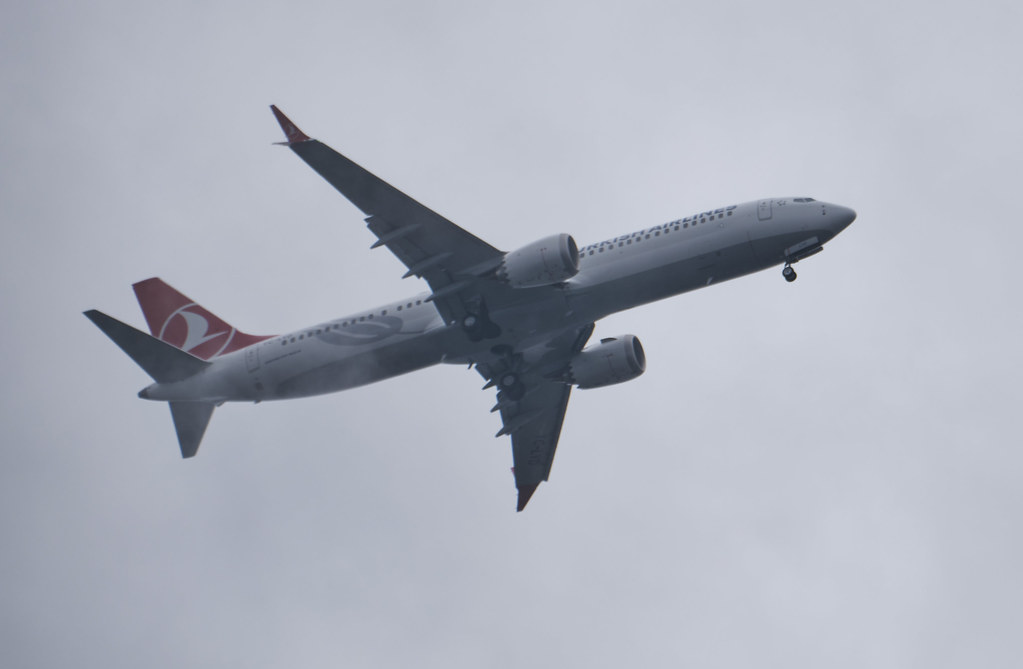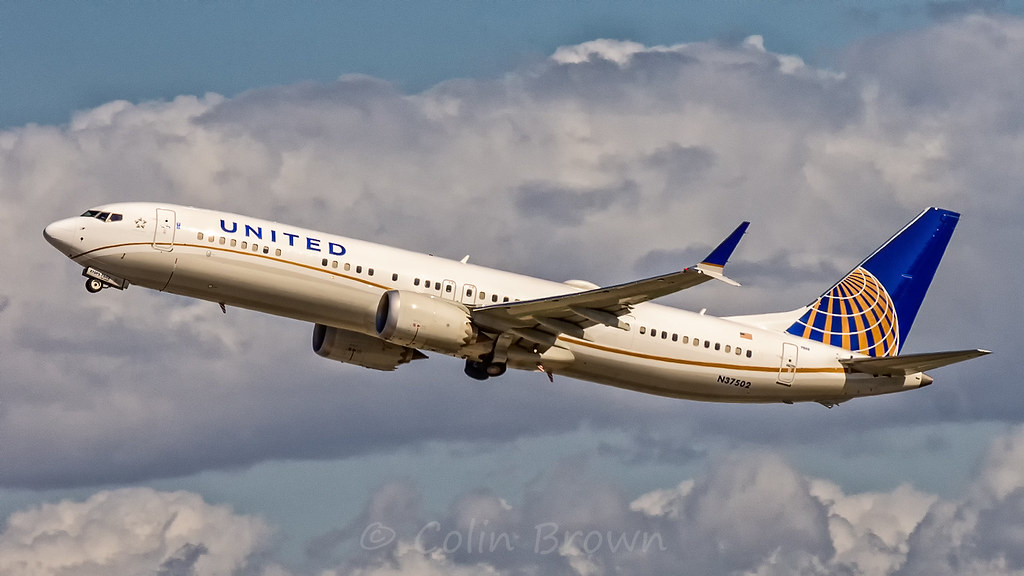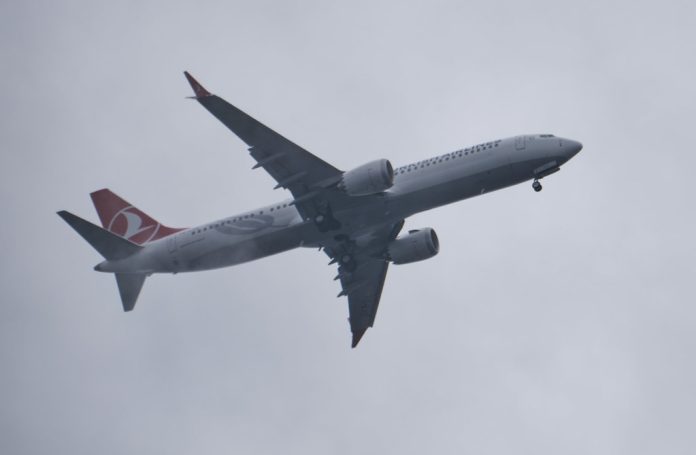
The Boeing Company, once the byword for aviation excellence, continues to grapple with a tumultuous period marked by safety concerns, leadership changes, and growing scrutiny over its 737 Max aircraft. The latest episode in its saga began with a dramatic incident aboard an Alaska Airlines flight in January 2024, which resulted in the temporary grounding of the 737 Max 9 model, and culminated in a shake-up of Boeing’s top executives.

Alaska Airlines flight 1282, a Boeing 737 Max 9, was forced to make an emergency landing after a mid-flight door blowout, a mere six minutes into its journey from Portland, Oregon to Ontario, California.

The aircraft, brand new with only 510 flight hours, suffered an uncontrolled decompression when a door plug separated from the airframe. The incident led to several minor injuries among passengers and crew.

The Federal Aviation Administration (FAA) responded with urgency, ordering the grounding and immediate inspection of all 737 Max 9s in service. Both Alaska and United Airlines reported discovering installation issues with door plugs on their Max 9 aircraft. As the FAA established a new inspection procedure for the door plug part, every Max 9 was subsequently cleared for service upon passing this safety check.

The grounding had significant financial implications for airlines, with Alaska Airlines estimating a $150 million loss and United Airlines reporting a $200 million loss in the first quarter due to the incident. The airlines’ return to service, after thousands of canceled flights, was a relief but not the end of Boeing’s challenges.

The scrutiny intensified as a preliminary report from the National Transportation Safety Board (NTSB) found that missing bolts, which were supposed to secure the door plug, were absent when it blew out.

This revelation stoked the fire of controversy, with right-wing factions placing blame on Boeing’s corporate diversity, equity, and inclusion programs for its safety woes. Suspicions also extended to Spirit AeroSystems, the parts supplier for the fuselage and the contentious door plug.

Corporate turmoil ensued at Boeing, as Dave Calhoun, CEO since January 2020, announced he would step down by the end of the year.

Boeing’s board also saw changes, with Chairman Larry Kellner being replaced and a search for a new CEO underway. Amidst these leadership transitions, Calhoun pledged a continued commitment to safety and quality.

The incidents have not been isolated to the 737 Max 9. A United Airlines 737 Max 8 experienced a rudder pedal malfunction during landing, forcing a high-speed exit from the runway.

Additionally, Boeing faces a deluge of whistleblower allegations ranging from structural risks in the 777 and 787 Dreamliner models to safety standard compromises.

Adding to the company’s woes, Boeing’s former technical pilot Mark Forkner was charged with deceiving the FAA over the MCAS (Maneuvering Characteristics Augmentation System) system, linked to two fatal crashes in 2018 and 2019. Although acquitted of criminal charges, these events have cast a long shadow over Boeing’s practices and internal culture.

Congressional hearings have brought to light multiple testimonies from whistleblowers, presenting a narrative of systemic disregard for safety at Boeing.

The Society of Professional Engineering Employees in Aerospace (SPEEA) has accused the company of retaliatory actions against employees advocating for compliance with FAA guidelines.

In a time of increased traveler apprehension and heightened safety expectations, Boeing’s future depends on regaining the trust of the public, regulators, and its airline customers. The aerospace giant’s commitment to transparency and safety will be crucial as it navigates the turbulent skies ahead.
Relevant articles:
– A Complete Timeline of the Boeing 737 Max Disaster, Rolling Stone
– Boeing’s 737 Max Problems: Skift Timeline, Skift
– Boeing 737 MAX Government Investigation, Union College
– Boeing’s CEO and other executives are out after a string of crises. Here’s a roundup of recent issues., Business Insider

